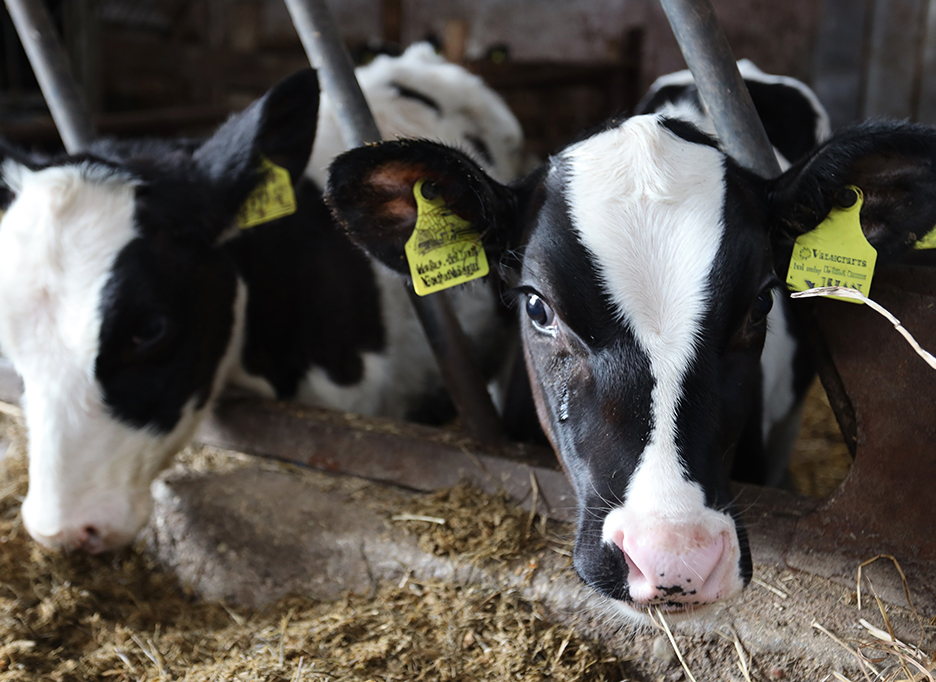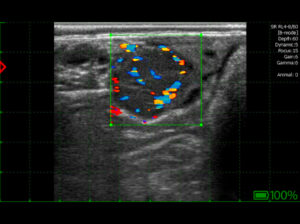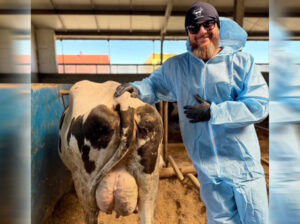BRD – Bovine Respiratory Disease

What it is, how to diagnose it, and how to treat it
What is BRD?
Bovine Respiratory Disease (BRD) is one of the most serious health challenges in calves and young cattle. It occurs most often in the first weeks after weaning, during transport, or when animals are exposed to major environmental changes. BRD is a leading cause of economic loss and increased mortality in herds worldwide.
Etiology – multifactorial causes of BRD
BRD rarely results from a single pathogen. Instead, it develops when multiple risk factors combine, compromising the animal’s immunity and allowing pathogens to colonize the respiratory tract.
1. Viral agents:
• Bovine Respiratory Syncytial Virus (BRSV)
• Parainfluenza-3 Virus (PI3)
• Infectious Bovine Rhinotracheitis Virus (BHV-1, IBR)
• Bovine Viral Diarrhea Virus (BVDV)
2. Bacterial agents:
• Mannheimia haemolytica
• Pasteurella multocida
• Histophilus somni
• Mycoplasma bovis
3. Environmental factors:
• Stress, drafts, sudden temperature shifts
• Poor housing conditions (overcrowding, inadequate ventilation)
• Transport, group mixing, nutritional deficiencies
Diagnosing BRD – more than just ultrasound
Effective diagnosis requires a comprehensive approach that goes beyond a single test.
1. Clinical examination
• Coughing, labored breathing, nasal discharge
• Abnormal lung sounds: crackles, wheezes, or absence of sounds
• Fever, reduced appetite, lethargy
• Increased respiratory rate, tachycardia
2. Laboratory tests
• Bloodwork (hematology and biochemistry) – leukocytosis
• Bronchoalveolar lavage – pathogen identification
• Nasal swabs – PCR or bacterial culture
3. Microbiological & virological testing
• PCR for viruses (BRSV, PI3, BHV-1, BVDV)
• Bacterial culture with antibiotic sensitivity testing
4. Thoracic ultrasound – a practical, field-ready tool
• Identifies A, B, and C lines
• Detects lung consolidation, abscesses, or pleural effusion
• Monitors treatment progress
5. Radiography (where available in clinic settings)
Post-mortem changes often include:
• Extensive pneumonia, especially in cranial lobes
• Congestion, edema, tissue necrosis
• Fibrinous exudate, abscesses, pleural adhesions
Treating BRD – fast action is key
Successful treatment depends on rapid response:
1. Antibiotic therapy – guided by culture results or field experience (e.g., florfenicol, enrofloxacin, tulathromycin, oxytetracycline)
2. Anti-inflammatory drugs – such as flunixin or meloxicam
3. Supportive care – hydration, nutritional supplementation
4. Management measures – isolate sick calves, improve ventilation and housing conditions
Preventing BRD – the real key to success
• Vaccination programs (covering both viral and bacterial components)
• Optimal housing conditions and stress reduction
• Biosecurity measures and avoiding frequent group mixing
• Supporting immunity (colostrum management, vitamins, minerals)
Ultrasound – more than reproductive diagnostics
In BRD cases, ultrasonography is a fast, reliable, and underutilized diagnostic tool in field practice. It provides a clear picture of lung health, enabling earlier and more targeted intervention. The sooner BRD is recognized, the higher the chances of full recovery.

Michał Barczykowski, DVM



